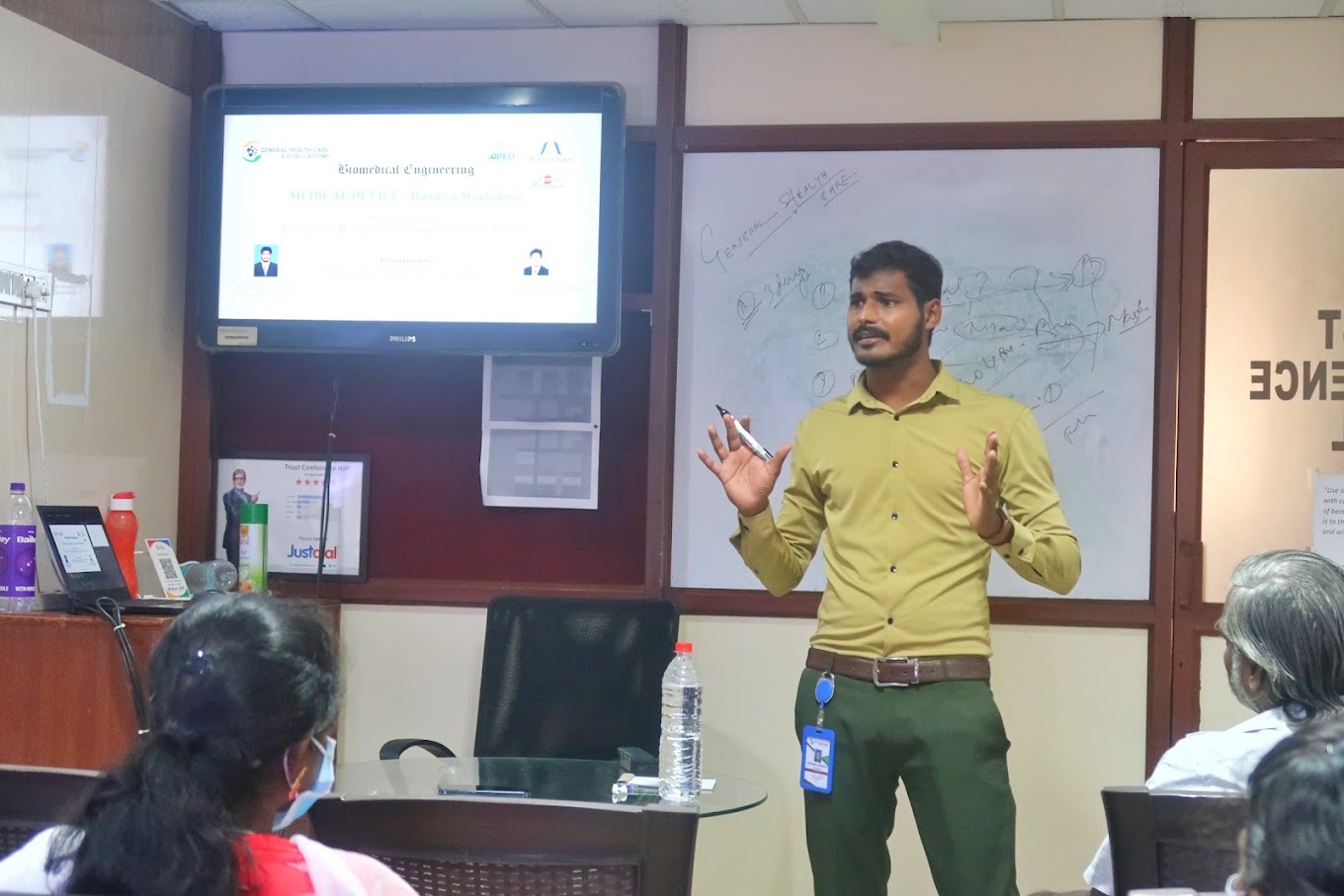Case overview
In this case, the focus is on medical equipment training. Medical equipment plays a crucial role in healthcare facilities, assisting healthcare professionals in diagnosing, monitoring, and treating patients. Effective training is essential to ensure that healthcare providers have the knowledge and skills required to operate medical equipment safely and accurately.


Importance of Medical Equipment Training
- Patient Safety: Improper use of medical equipment can have serious consequences for patient safety. Training ensures that healthcare providers understand how to operate equipment correctly, reducing the risk of errors or accidents.
- Equipment Efficiency: Proper training enables healthcare professionals to maximize the efficiency of medical equipment, leading to accurate diagnoses, effective treatments, and streamlined workflows.
- Maintenance and Troubleshooting: Training programs also cover equipment maintenance and troubleshooting procedures. This helps healthcare providers identify and address issues promptly, minimizing downtime and ensuring equipment reliability.
- Technological Advancements: With advancements in medical technology, training programs keep healthcare professionals updated on the latest features and functionalities of new equipment, enabling them to utilize the full potential of these tools.
Key Stakeholders:
- Healthcare Professionals: Doctors, nurses, technicians, and other healthcare staff who interact with medical equipment in their daily practice.
- Healthcare Facilities: Hospitals, clinics, and other healthcare settings responsible for providing training resources and ensuring compliance with training standards.
- Equipment Manufacturers: Companies that design, produce, and distribute medical equipment are often involved in providing training materials, documentation, and support to healthcare professionals.



Our Approach
- Basic Operation: Training covers the fundamental principles and operation of medical equipment, including controls, settings, and calibration procedures.
- Safety Protocols: Emphasis is placed on safety guidelines, including infection control, radiation safety, electrical safety, and proper handling of hazardous materials.
- Troubleshooting and Maintenance: Training programs include instructions on troubleshooting common issues and performing routine maintenance tasks.
- Software and Data Management: Some medical equipment requires software operation and data management. Training provides guidance on using software interfaces and handling patient data securely.
- Integration with Healthcare Workflow: Training may address the integration of medical equipment with electronic health records (EHR) systems and other aspects of the healthcare workflow.
Training Methods:
- Classroom Training: Traditional classroom sessions facilitated by instructors cover theoretical concepts, hands-on demonstrations, and interactive discussions.
- Online Modules: Web-based training modules or e-learning platforms allow healthcare professionals to access training materials remotely, at their own pace.
- Simulators and Virtual Reality: Some complex equipment may have virtual simulators or augmented reality programs to provide a realistic training experience.
- On-Site Training: Manufacturers or authorized representatives may offer on-site training sessions to familiarize healthcare professionals with specific equipment installations.


Conclusion
Medical equipment training is critical for healthcare professionals to safely and effectively use medical devices. It enhances patient safety, optimizes equipment performance, and keeps healthcare providers up to date with technological advancements. Training methods can vary, including classroom sessions, online modules, and hands-on demonstrations. Compliance with legal and regulatory requirements is essential to ensure adequate training standards are met.






